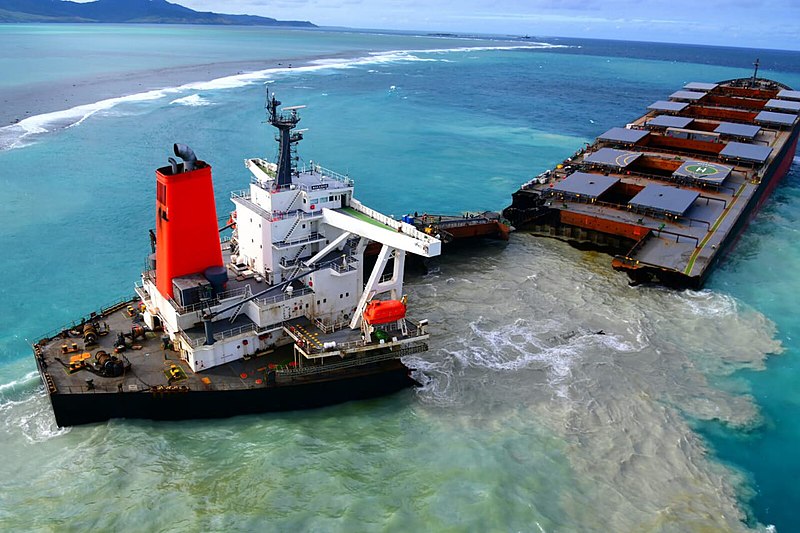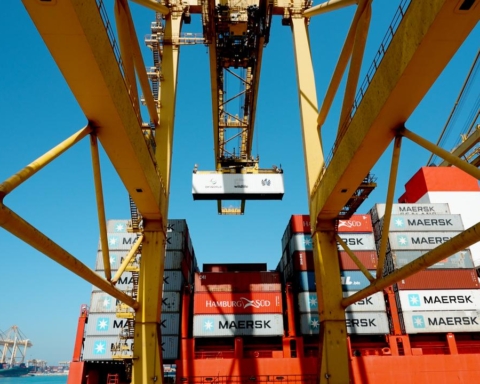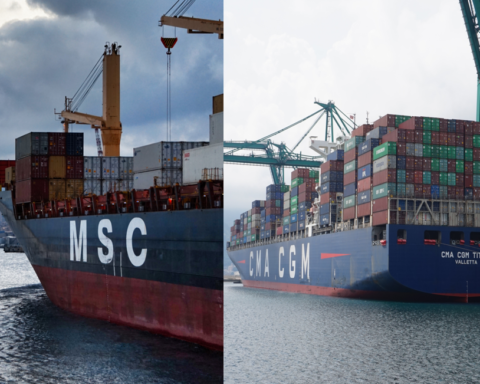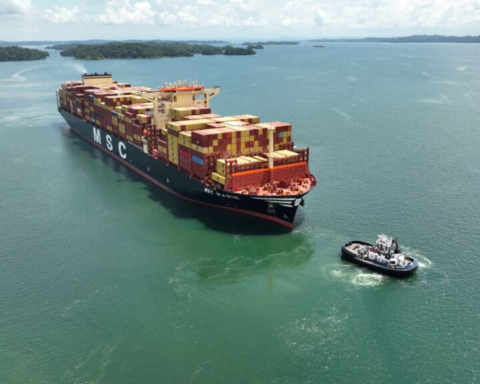34 ships lost and 128 seafarers killed between 2011 and 2020. This is the final balance that emerges from the report on bulk carrier incidents published by the international trade association Intercargo a few days ago.
The Intercargo Bulk Carrier Casualty Report 2020 shows that an average of 13 lives are lost every year. Cargo transfer and/or liquefaction is considered to be the leading cause of death for at least 61% of casualties. In terms of tonnage, a total of 2.33 million dwt was lost. The ships had an average age of 20.9 years and all of them over 10,000 dwt.
Groundings are the most common cause of reported incidents: 17 out of 34. 13 out of the 17 bulk carrier losses referred to in the study had made investigation reports available to IMO. In nine cases the origin of the grounding was due to human error. Of the four incidents for which investigation results were not available, at least two had to do with human error.
Last year, two incidents monopolized media attention: the grounding of the Very Large Ore Carrier Stellar Banner, off the coast of Brazil, and the sinking of the Wakashio, the Japanese cargo ship that ran aground on a coral reef off Mauritius on July 25th.
The overall figure shows that 20 of the 34 losses recorded in the study made Intercargo reports available to the IMO. This is 58.8% of the total, while the average time between an incident and the availability of a report was 16 months for the investigations covered in the analysis.
Intercargo emphasizes that sharing this information can promote a greater awareness of the importance of safety.
In particular, ad hoc training courses for crews should enable seafarers to acquire the necessary skills to deal with any critical issues and problems that arise during navigation.
According to the Association, the level of attention must never be lowered: safety represents a fundamental asset which enables every seafarer to reduce the risks of accidents during navigation.
Translation by Giles Foster




